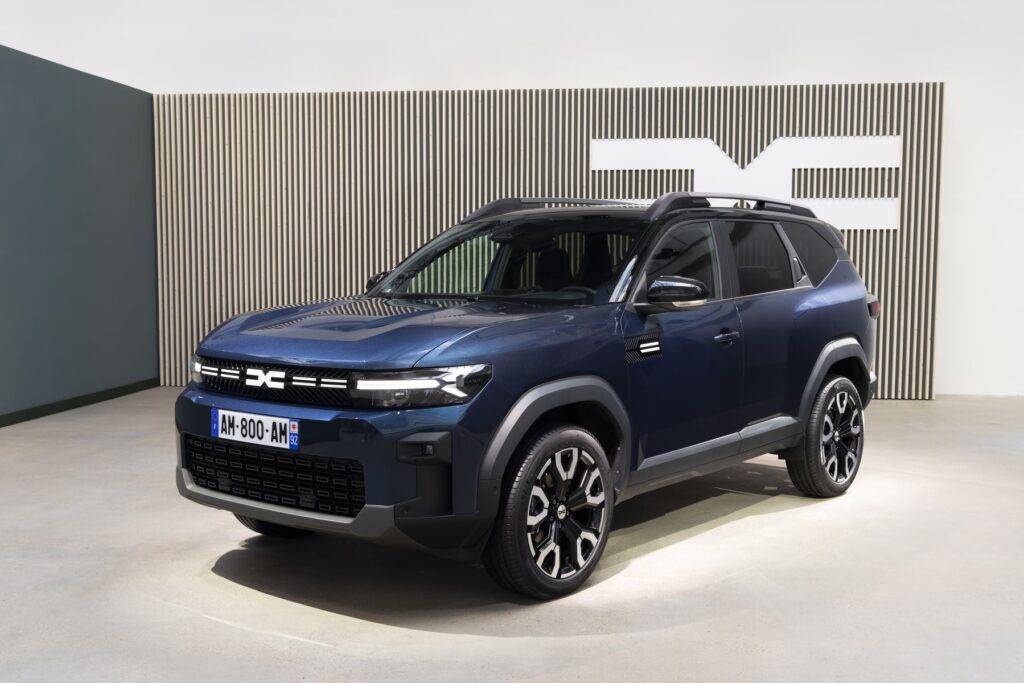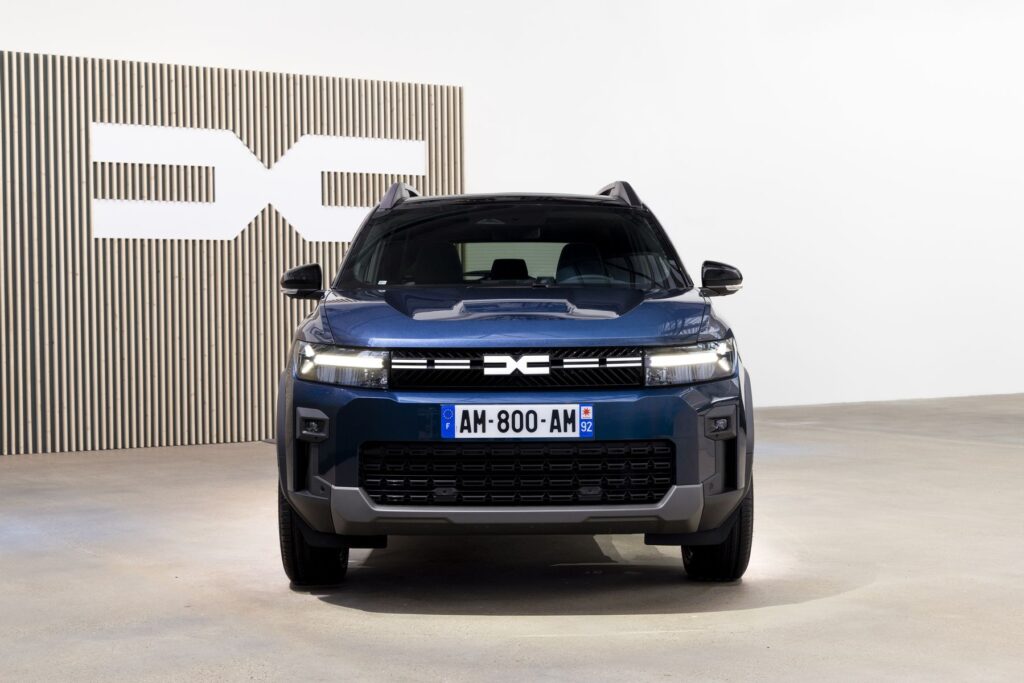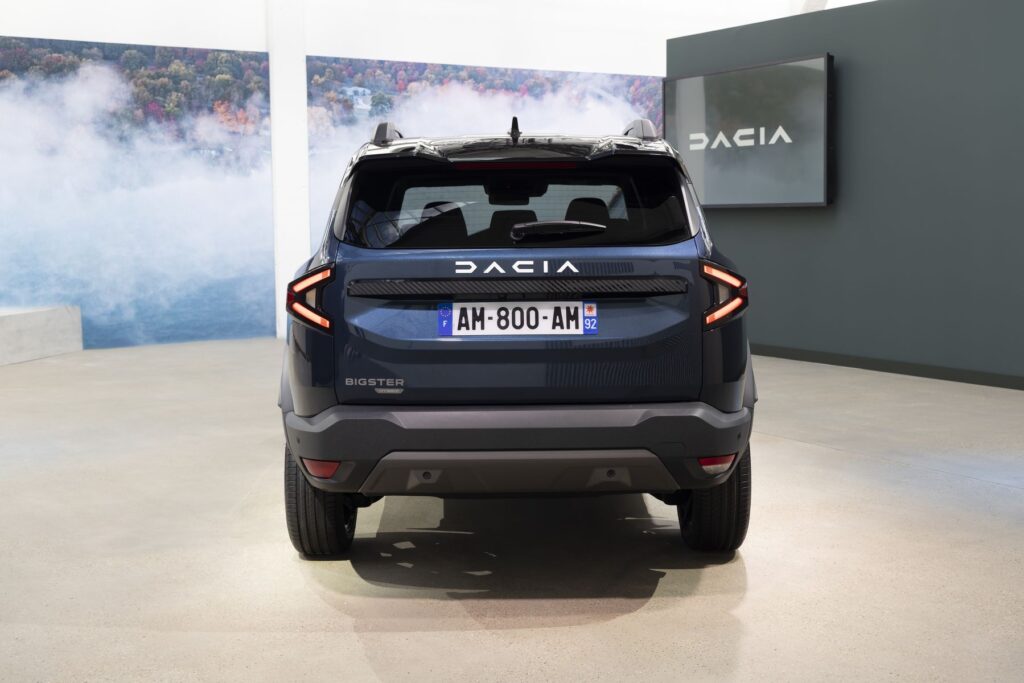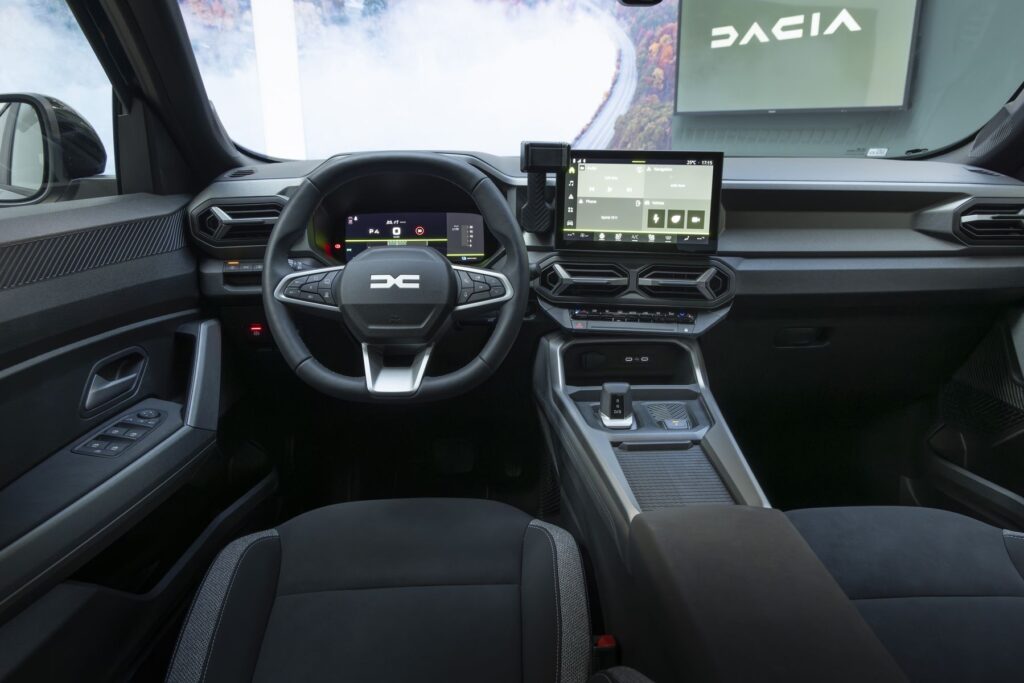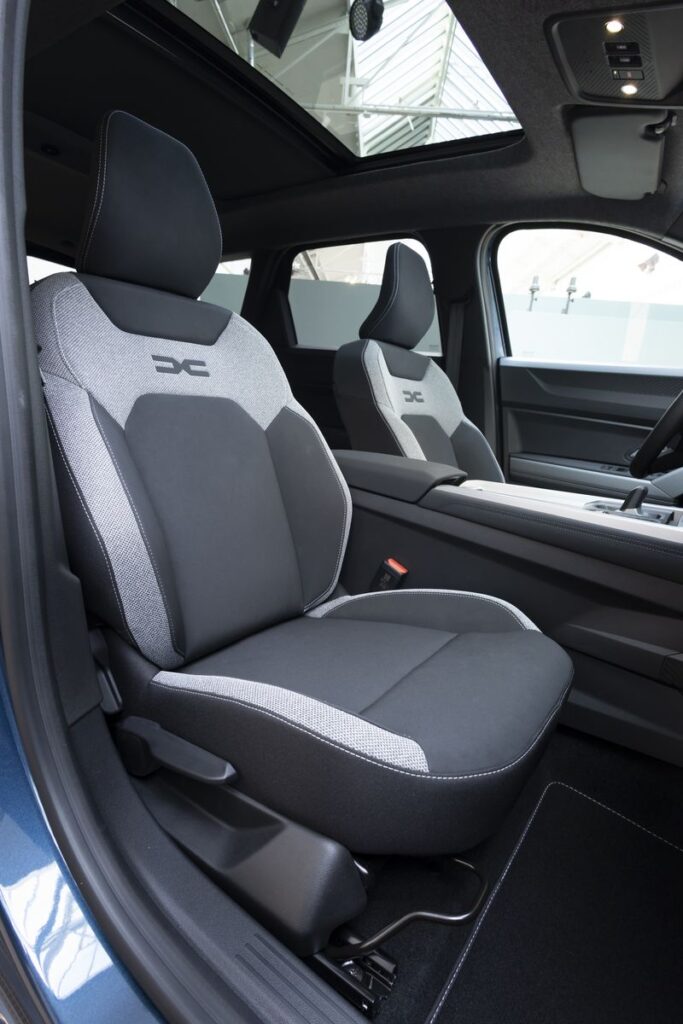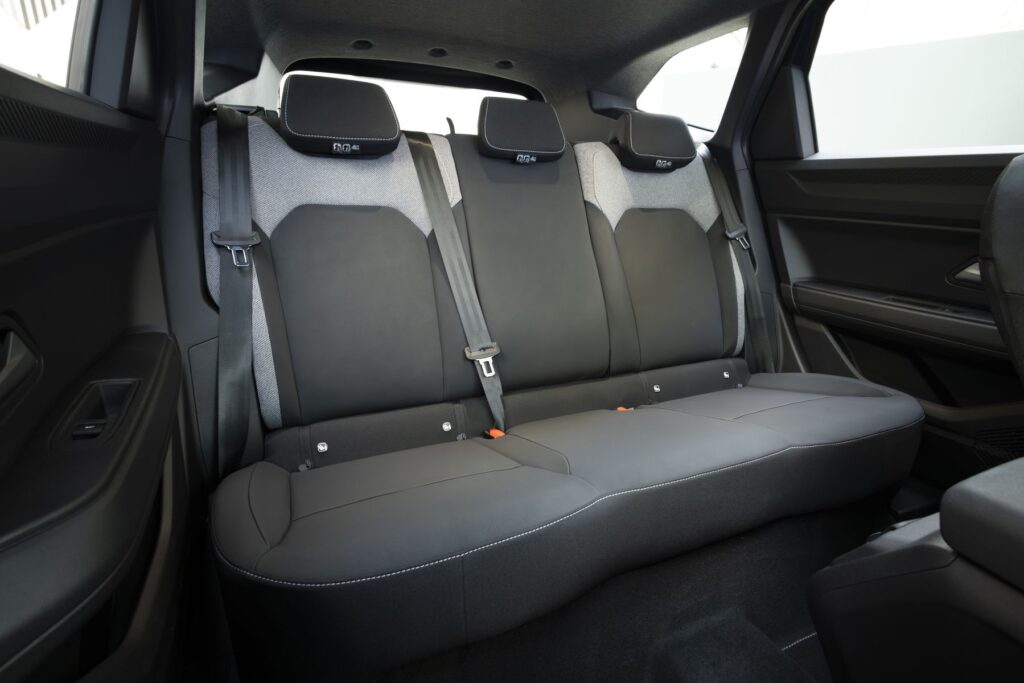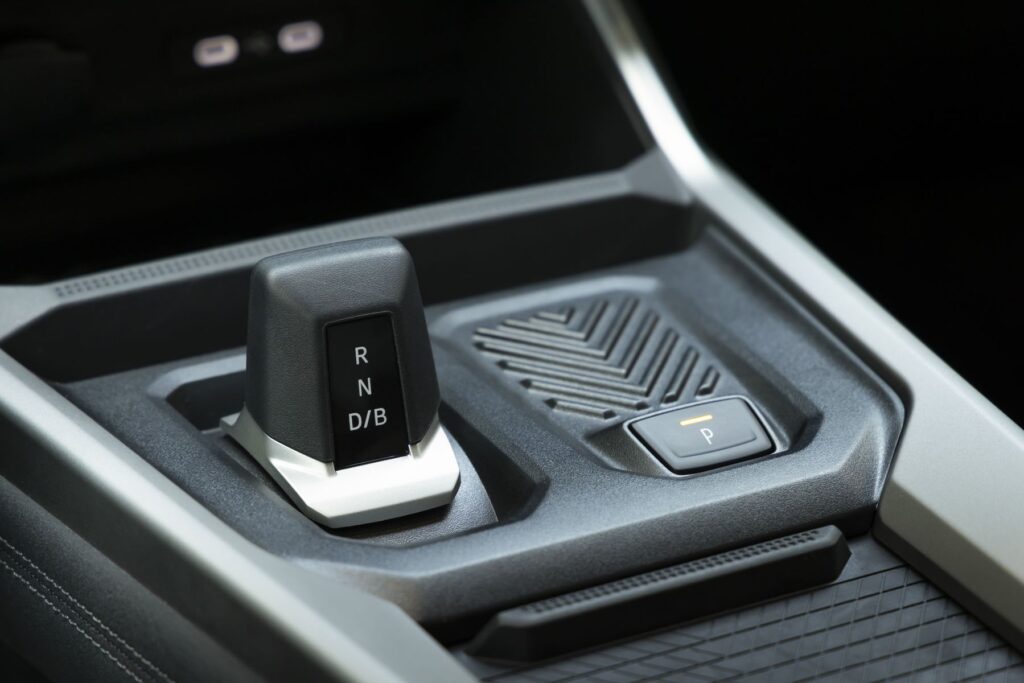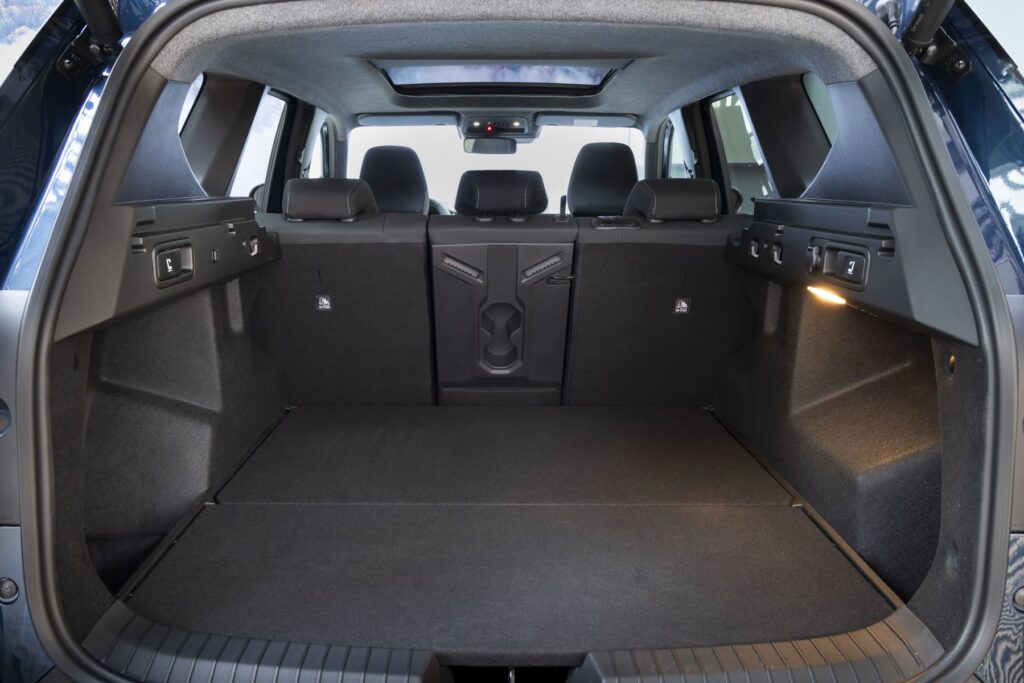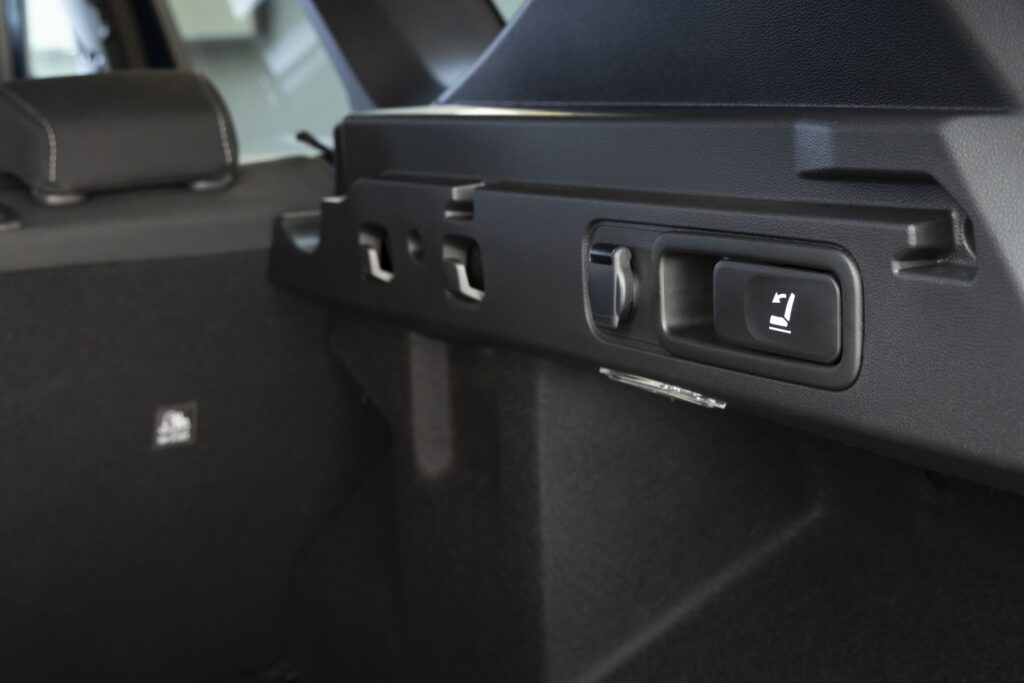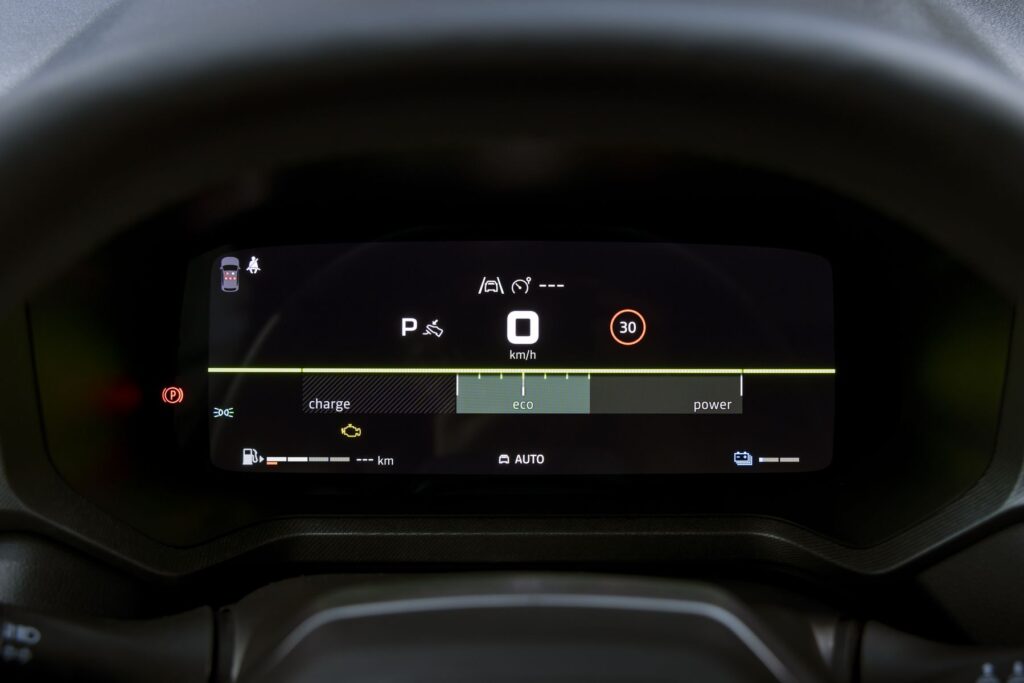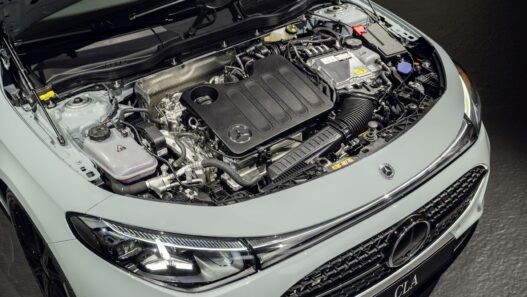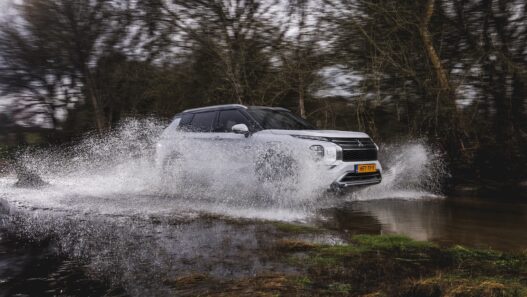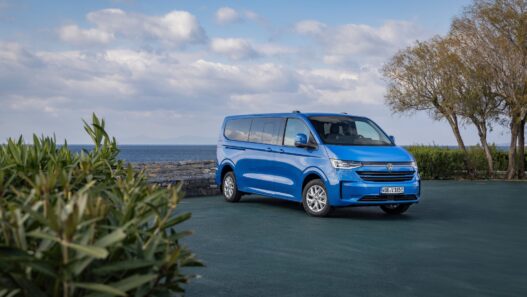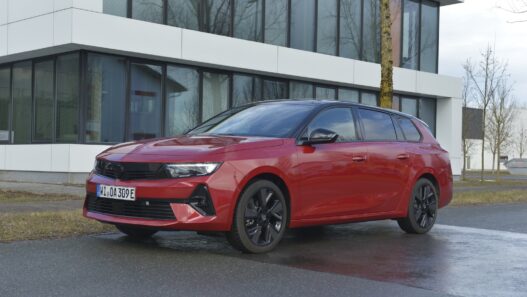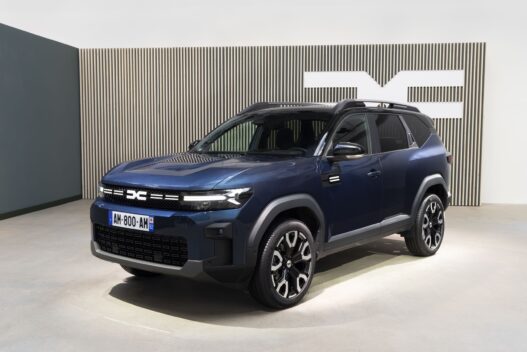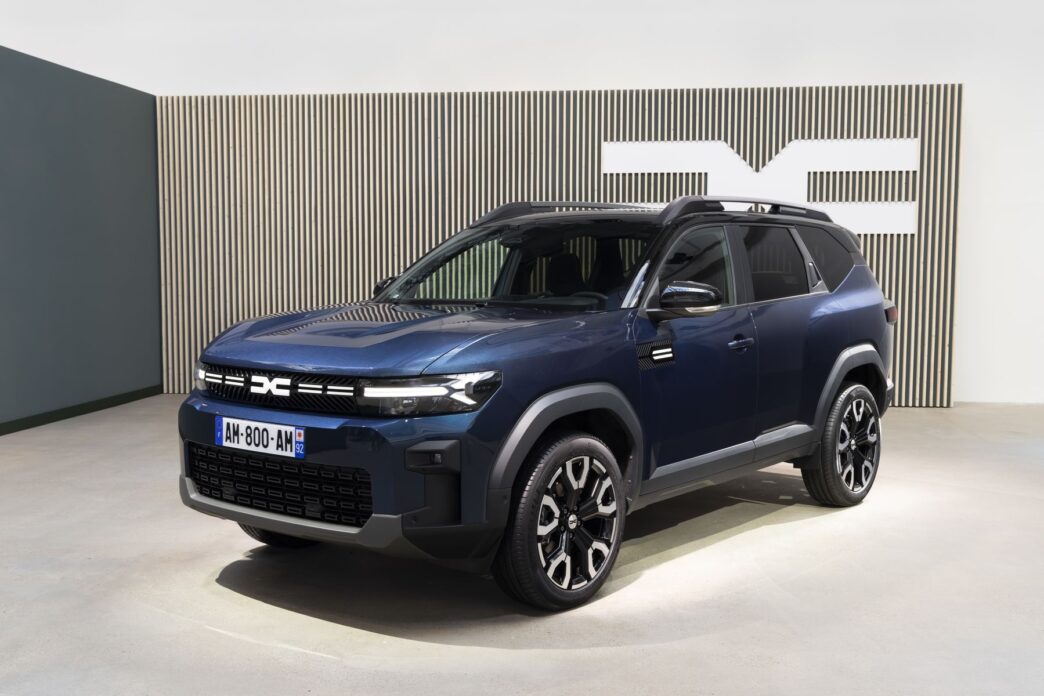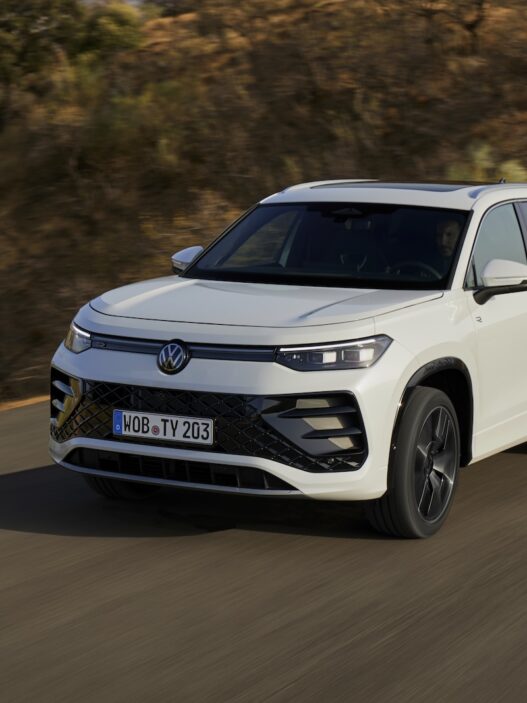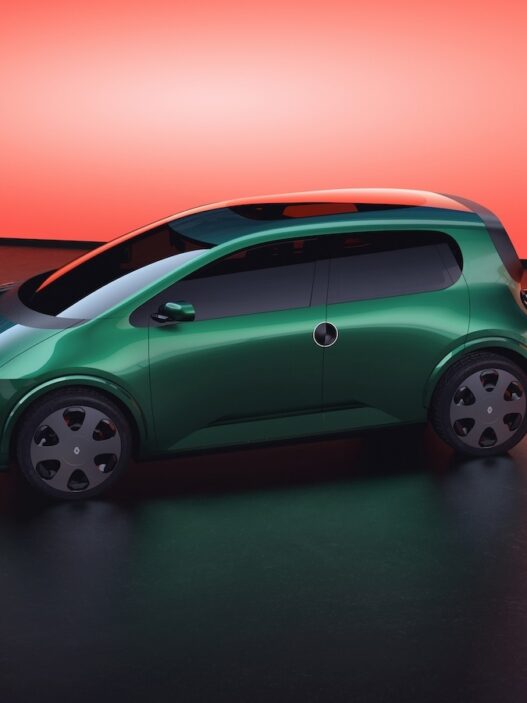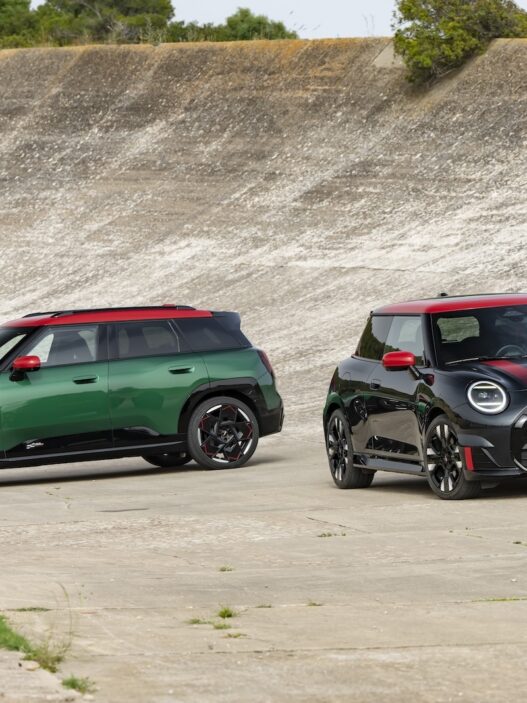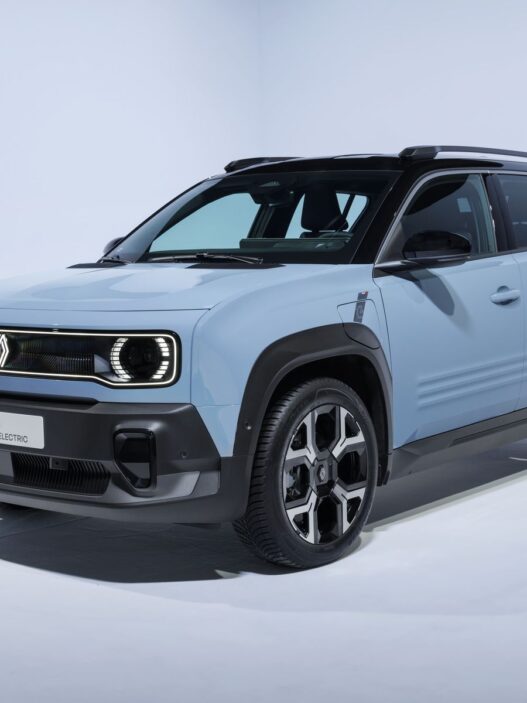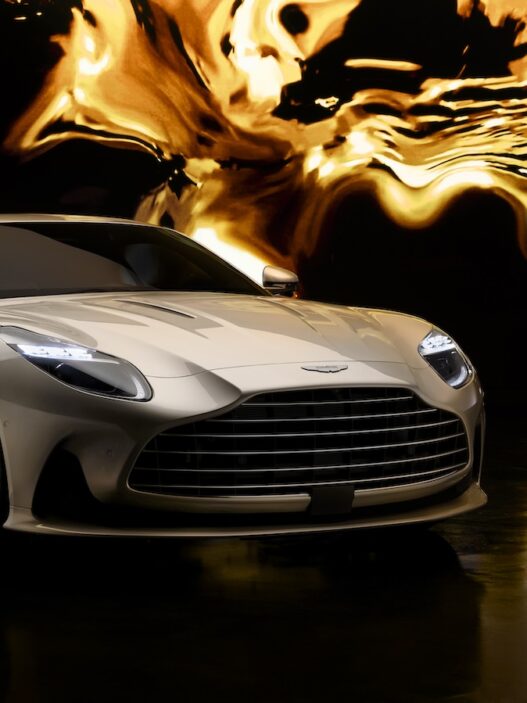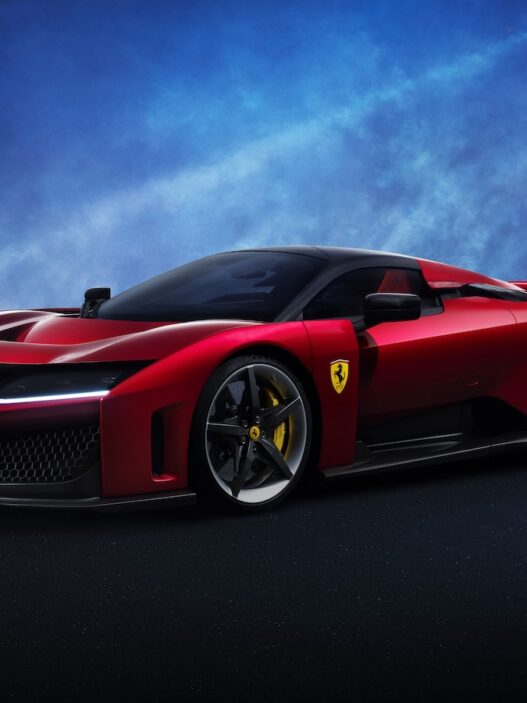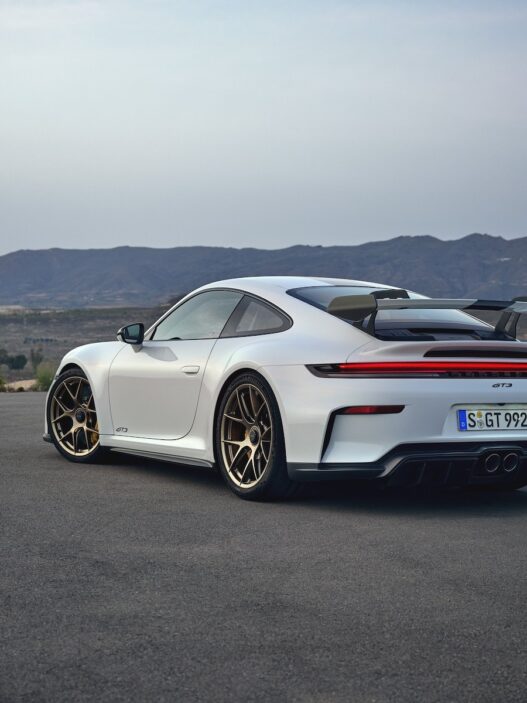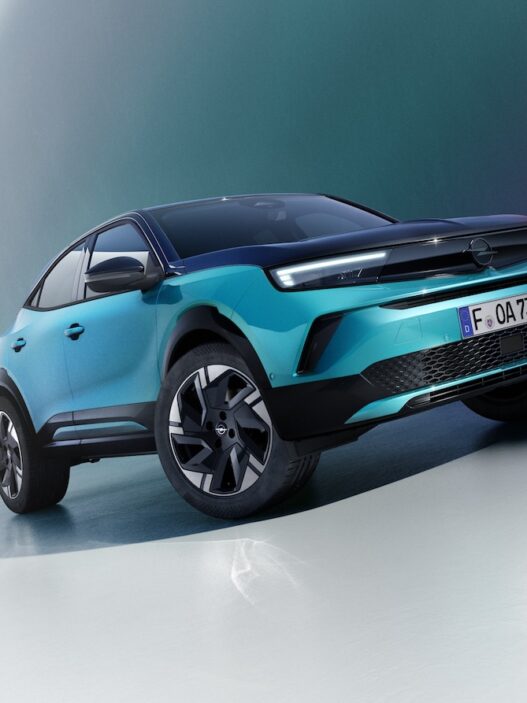With the Bigster, Dacia is stepping into the fiercely competitive C-SUV segment, staying true to its known strengths. Alongside great value, this crossover is the first Renault Group vehicle to receive the new, more powerful 114 kW / 155 PS full-hybrid engine.
Big Ambitions, Big SUV
Denis Le Vot, Dacia’s CEO, is confident about the brand’s future direction. “Today marks a turning point for Dacia,” he says. “We want to conquer the C-segment!” Behind him is Dacia’s new flagship, the Bigster. The name is fitting in more ways than one. At 4.57 meters in length, the Bigster is substantial by Dacia standards, and so are the ambitions of the Franco-Romanian automaker. Dacia is set to compete in the competitive C-segment—arguably the automotive industry’s toughest battleground. “We want to carve out our share here, just like with our other cars,” says Dacia Germany’s CEO, Thilo Schmidt. It’s a logical move, given that approximately 600,000 SUVs are sold annually in Germany alone. Dacia intends to disrupt this market, claiming sales from the likes of Nissan, Skoda, Ford, and even Volkswagen. Many of Dacia’s customers are former VW drivers, and even fans of the previous Mercedes A-Class are turning to Renault’s budget brand.
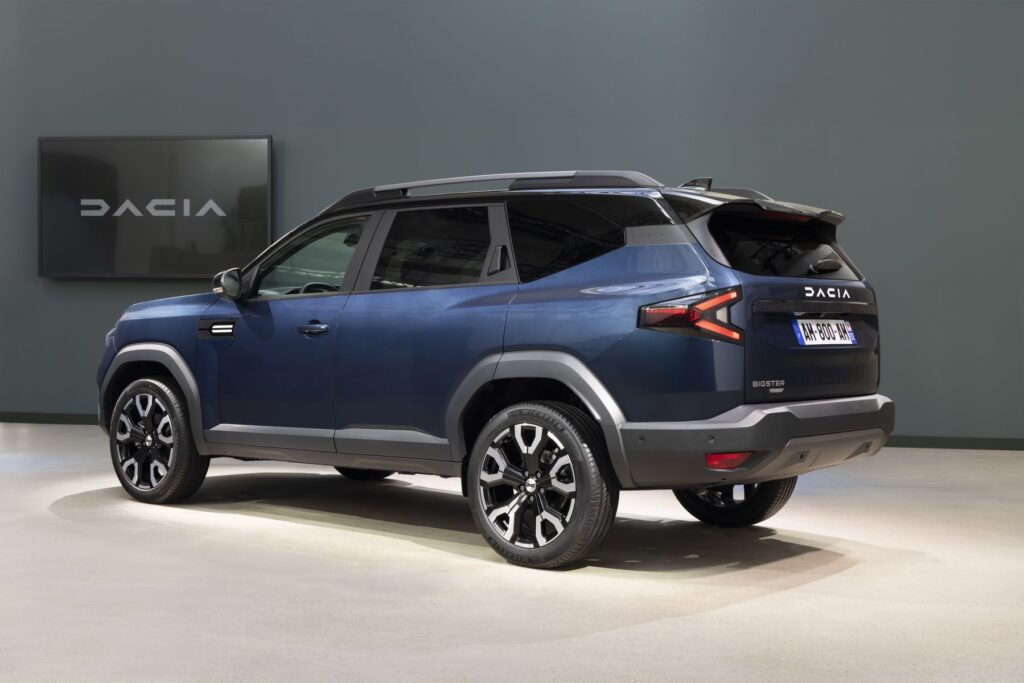
Arriving in German dealerships next April, the Dacia Bigster aims to shake up the compact SUV class. The entry-level version will cost under €25,000, while the 114 kW / 155 PS full-hybrid will be priced below €30,000—a compelling offer. For context, the Nissan Qashqai starts at €29,909, the Toyota RAV4 at €40,990, the Mazda CX-5 at €32,190, and the Volkswagen Tiguan at €38,250 and up. Those who think that buying a Dacia means settling for cheap quality will be surprised. Even the entry-level “Essential” trim comes standard with a central 10.1-inch touchscreen, a seven-inch digital instrument display, manual air conditioning, a rearview camera, and rear parking sensors.
Multiple Engine Options, Including a Strong Hybrid
Three engine options are available for the Bigster. It’s the first car in the Renault Group to feature the updated E-Tech hybrid system, producing 114 kW (155 PS). “For the Bigster, we need at least 150 PS,” says Sophie Albertus, Head of Bigster Marketing. The upgraded hybrid system includes a 79 kW (107 PS) four-cylinder gasoline engine paired with two electric motors—one offering 37 kW (50 PS) and the other serving as a high-voltage starter/generator. A 1.4 kWh battery rounds out the setup, connected to an electric automatic gearbox that provides four gears for the gasoline engine and two for the electric motors. A few important updates enhance this setup: the gearbox, from the Renault Espace, can handle the increased torque, and the 1.8-liter combustion engine now has direct injection and is Euro 7-ready.
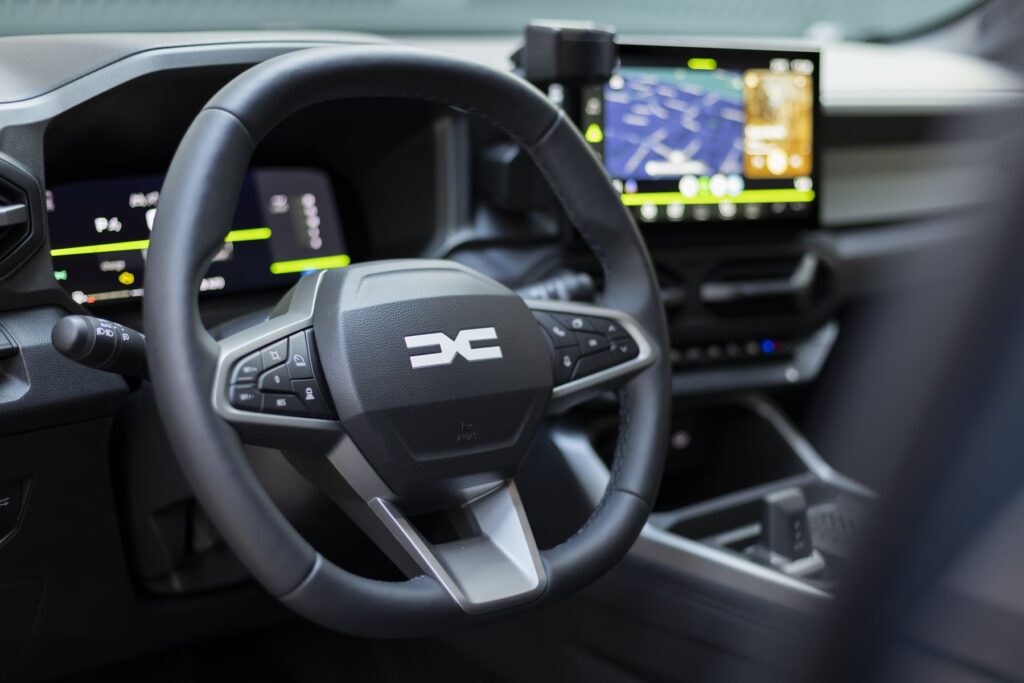
The second option is a 1.2-liter three-cylinder turbocharged gasoline engine with mild hybrid technology, delivering 103 kW (140 PS) and paired with a six-speed manual transmission. It has a 0.8 kWh battery. Dacia also offers an all-wheel-drive version, the TCe 130 4×4, which produces 96 kW (130 PS), a setup familiar from the Duster. For those who favor LPG, Dacia offers the bivalent Eco-G engine, which can run on both gasoline and LPG. Together, the two tanks hold a total of 99 liters of fuel (50 liters of gasoline and 49 liters of LPG), enabling an impressive range of up to 1,450 kilometers. Dacia anticipates that LPG versions will account for 15 to 20 percent of Bigster sales in Germany.
Spacious and Practical Interior
During our first experience with the Bigster, both front and rear seats offered ample space. The trunk provides a generous 667 liters of cargo capacity, and with a simple pull of a lever, the rear seats fold down to allow for larger items. For added practicality, there’s even an option for a full-size spare tire under the cargo floor.

In the higher trim levels featuring dual 10-inch screens, the interior feels far from cheap, positioning the Bigster as tough competition for the established players in the compact SUV segment.
Technical Specifications: Dacia Bigster Hybrid
- Engine: 1.8-liter four-cylinder gasoline with hybrid system
- Power: 114 kW (155 PS)
- Transmission: Automatic electric gearbox
- Drive Type: Front-wheel drive
- EV Range: TBD (with 1.4 kWh battery)
- Luggage Capacity: 667 liters
- Starting Price: Less than €30,000 for the hybrid
